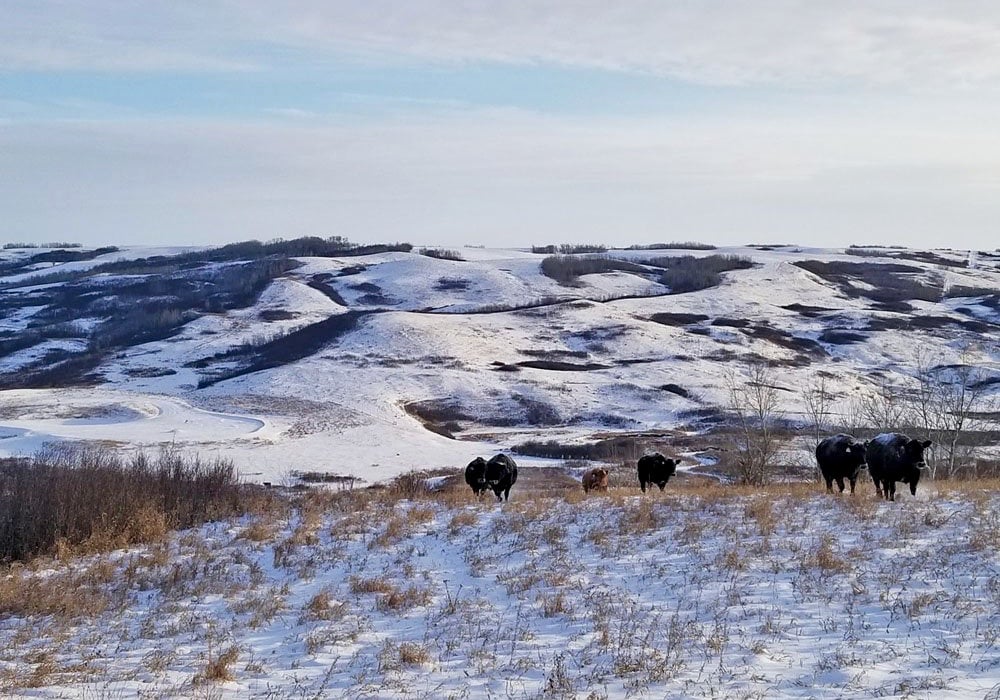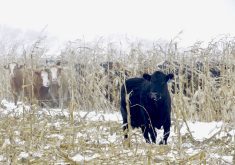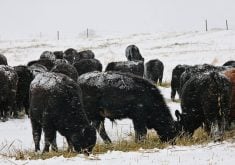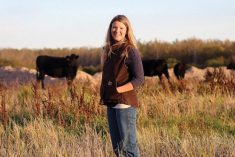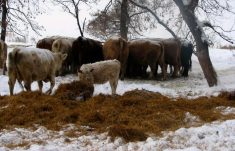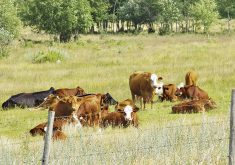High-legume pastures can be profitable and productive, but many cattle producers are scared to use them because of the risk of bloat.
That’s why Alberta Agriculture and Forestry along with the Agricultural Research and Extension Council of Alberta have teamed up to do sainfoin trials across the province.
“Sainfoin is a non-bloating legume,” provincial beef and forage specialist Karin Lindquist said at a pasture day near this Peace Country hamlet.
“The tannins in sainfoin are significantly higher than other non-bloating legumes like cicer milk vetch and bird’s-foot trefoil.”
Read Also

New biodiversity areas identified for western grasslands
New key biodiversity area designations have been given to a number of areas in southwestern Saskatchewan and southeastern Alberta as part of an international effort to identify and contribute to protecting natural resources.
Tannins bind proteins produced by the rumen that normally cause bloat.
Surya Acharya, a plant breeder at the Lethbridge Research Station, recently released AC Mountainview, a new sainfoin variety. Unlike past varieties, it is hardier and can compete with alfalfa.
The variety is being tested at 14 farms across the province, in co-operation with 12 forage and research associations. All producers in the trial are using a blend of 15 to 20 per cent sainfoin with grass, blended by Northstar seeds. They’ve all used the same protocols to seed 10-acre plots. (See our ‘Events’ section for upcoming pasture walks or call the Agricultural Research and Extension Council of Alberta at 780-612-9712.)

This summer marks the first year of a two-year project, with a focus on sainfoin stand establishment and proper seeding. Next year the co-operators in the trial will cover grazing management.
“With sainfoin, you want to let it set seeds in the first three years. In the first two years of grazing, you want to delay grazing until after the seed has set,” said Lindquist.
Sainfoin needs to be seeded into the cultivated seedbed, not with sod seed, because of high competition with grasses, even if glyphosate is added.
“The glyphosate isn’t effective because grasses will just come back again,” said Lindquist.
Animals can help to spread the seed by tapping the seeds down into the soil.
High-legume pastures are the most profitable of all pasture types. In northern Alberta, a legume grass mix resulted in a gross margin of $7 to $27 per acre in 2013-14, while tame grass only resulted in a gross margin of $8 to $9 per acre. Livestock can spend 35 to 126 animal unit days on a legume/grass mix, and only 35 to 56 animal unit days on tame grass.
Legumes also fix nitrogen and increase water infiltration rates. Legume/grass mixes can also weather the extremes of climate change, said Lindquist.




